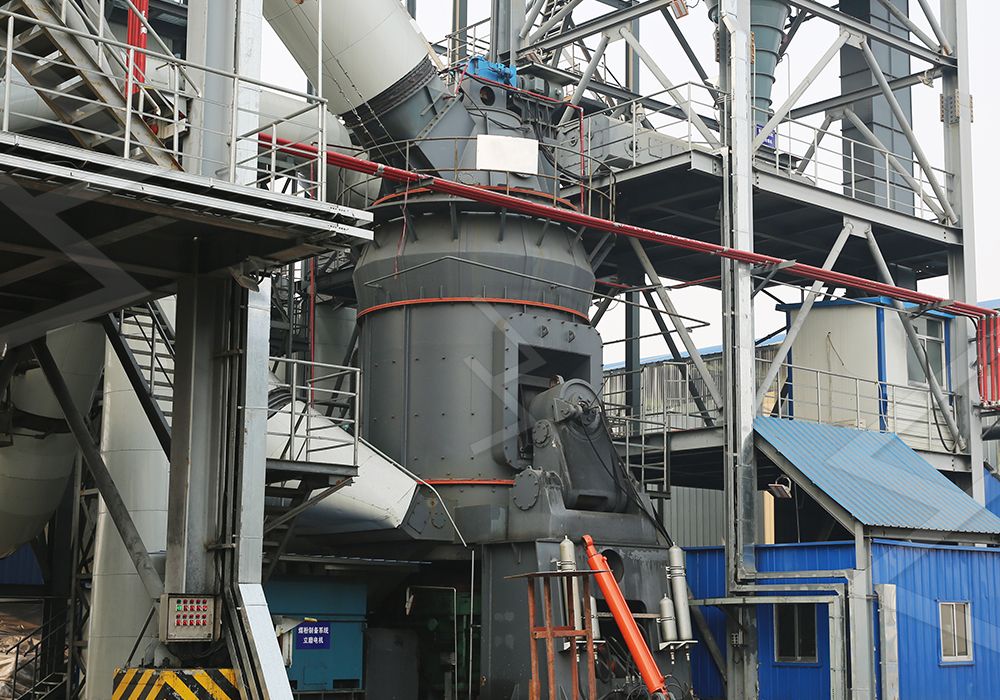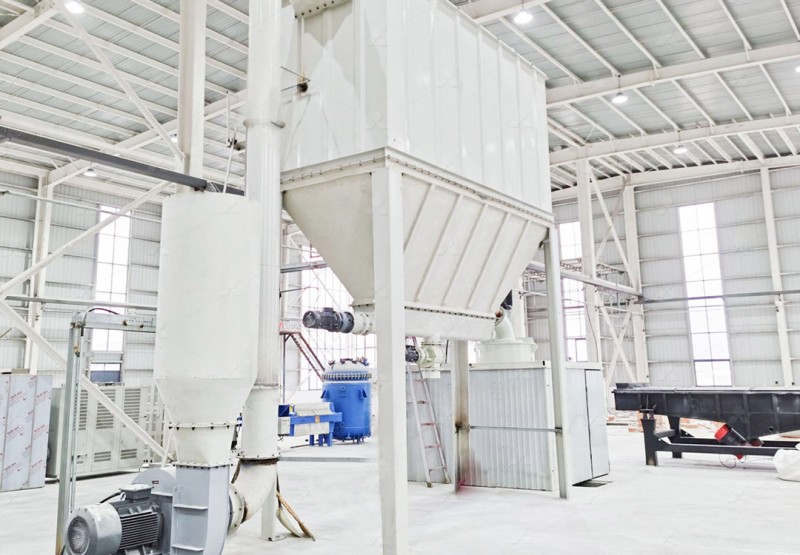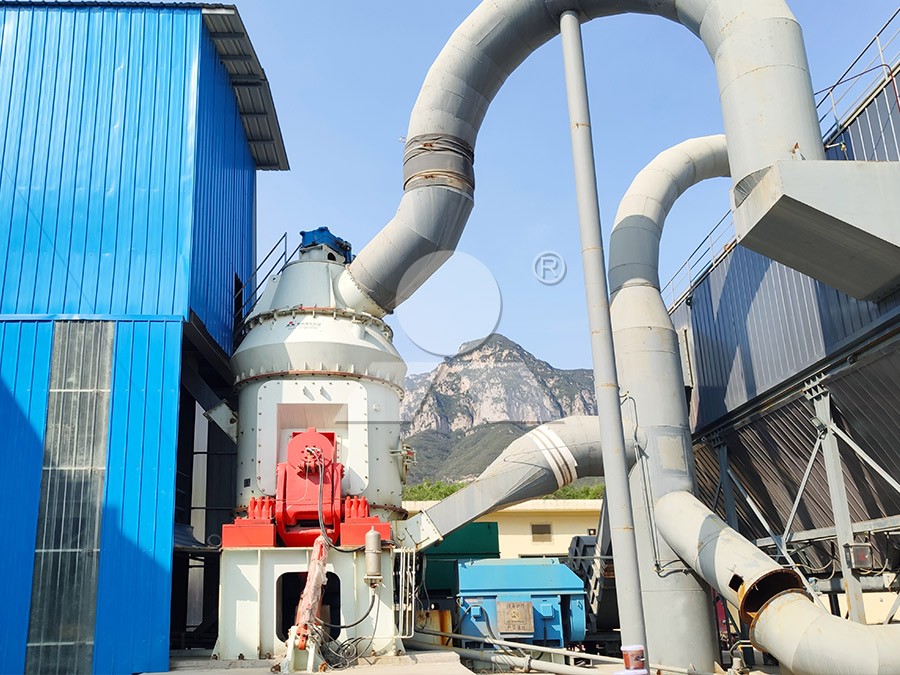Key Features of Ultrafine Grinding for Slag Treatment
Key Features of Ultrafine Grinding for Slag Treatment
In modern industrial processing, slag treatment represents both an environmental challenge and an economic opportunity. The transformation of industrial byproducts into valuable materials requires advanced grinding technology capable of producing ultra-fine powders with precise particle size distribution. Ultrafine grinding has emerged as a critical process for maximizing the value of slag while minimizing environmental impact.

The Importance of Particle Size Control
Effective slag utilization demands strict control over particle size distribution. When slag is ground to ultrafine specifications (typically between 325-2500 meshes), it develops enhanced pozzolanic properties that make it valuable for cement production, concrete additives, and construction materials. The increased surface area achieved through ultrafine grinding significantly improves reactivity, allowing for better performance in various applications.
Traditional grinding methods often fall short in achieving the necessary fineness while maintaining economic viability. Ball mills, for instance, struggle with energy efficiency when targeting ultrafine specifications, while jet mills may produce the required fineness but at prohibitive operational costs.
Advanced Grinding Technology Solutions
Modern grinding systems address these challenges through innovative engineering designs that optimize energy consumption while delivering superior product quality. The MW Ultrafine Grinding Mill represents a significant advancement in this field, specifically engineered for customers requiring ultra-fine powder production from various materials including slag.
This sophisticated equipment handles input sizes up to 20 mm with capacities ranging from 0.5 to 25 tons per hour. What sets it apart is its innovative approach to common grinding challenges. The absence of rolling bearings and screws within the grinding chamber eliminates concerns about bearing damage or loose fasteners causing mechanical failure. This design consideration substantially improves operational reliability and reduces maintenance requirements.

Environmental and Operational Advantages
Contemporary grinding systems must address environmental concerns alongside performance metrics. The integration of efficient pulse dust collectors and mufflers ensures that ultrafine grinding operations meet stringent environmental standards. The MW Ultrafine Grinding Mill incorporates these features as standard, effectively controlling dust emissions and reducing noise pollution throughout the production process.
Another notable feature is the external lubrication system, which permits maintenance without production stoppages. This capability enables continuous 24-hour operation, significantly improving overall equipment effectiveness in demanding industrial settings where downtime translates directly to lost revenue.
Precision and Flexibility in Production
The ability to adjust product fineness according to specific application requirements represents a crucial advantage in slag processing. Advanced grinding mills incorporate German-engineered cage-type powder selectors that enhance separation precision. Multi-head configurations allow operators to fine-tune production parameters based on yield targets, fineness specifications, and sieving rates.
With adjustable fineness ranging from 325 to 2500 meshes and the capability to achieve d97≤5μm in a single pass, these systems provide unprecedented control over product specifications. This flexibility enables processors to adapt to varying slag compositions and market demands without compromising efficiency.

Economic Considerations
The economic viability of slag processing heavily depends on grinding efficiency. Modern ultrafine grinding technology delivers substantially higher yields with lower energy consumption compared to conventional systems. Performance data indicates production capacity increases of up to 40% over jet grinding mills and stirred grinding mills, with output doubling that of ball grinding mills under comparable conditions.
Perhaps most significantly, system energy consumption can be reduced to just 30% of that required by jet grinding mills. This dramatic improvement in energy efficiency, combined with higher throughput, transforms slag processing from a cost center to a value-generating operation.
Frequently Asked Questions
What makes ultrafine grinding particularly suitable for slag treatment?
Ultrafine grinding enhances the pozzolanic properties of slag by dramatically increasing surface area, making it more reactive and valuable for construction applications. The precise particle size control achievable with modern grinding technology allows processors to tailor products to specific market requirements.
How does the MW Ultrafine Grinding Mill address common maintenance challenges?
By eliminating rolling bearings and screws from the grinding chamber, the MW Ultrafine Grinding Mill removes common failure points. The external lubrication system enables maintenance without shutdowns, while the robust construction ensures long-term reliability even in demanding operating conditions.
What environmental benefits do modern grinding systems provide?
Advanced systems incorporate efficient dust collection and noise reduction technologies that minimize environmental impact. The closed-system design prevents material loss and contamination, while energy-efficient operation reduces the carbon footprint associated with slag processing.
Can grinding parameters be adjusted for different slag compositions?
Yes, modern grinding mills offer significant flexibility through adjustable fineness controls, variable speed drives, and configurable powder selection systems. This adaptability allows processors to optimize performance across varying feed materials and product specifications.
What operational advantages does the MW Ultrafine Grinding Mill offer?
Beyond its technical specifications, the MW Ultrafine Grinding Mill provides operational benefits including continuous 24-hour operation capability, reduced energy consumption, minimal maintenance requirements, and consistent product quality. These advantages combine to deliver superior total cost of ownership compared to traditional grinding solutions.
